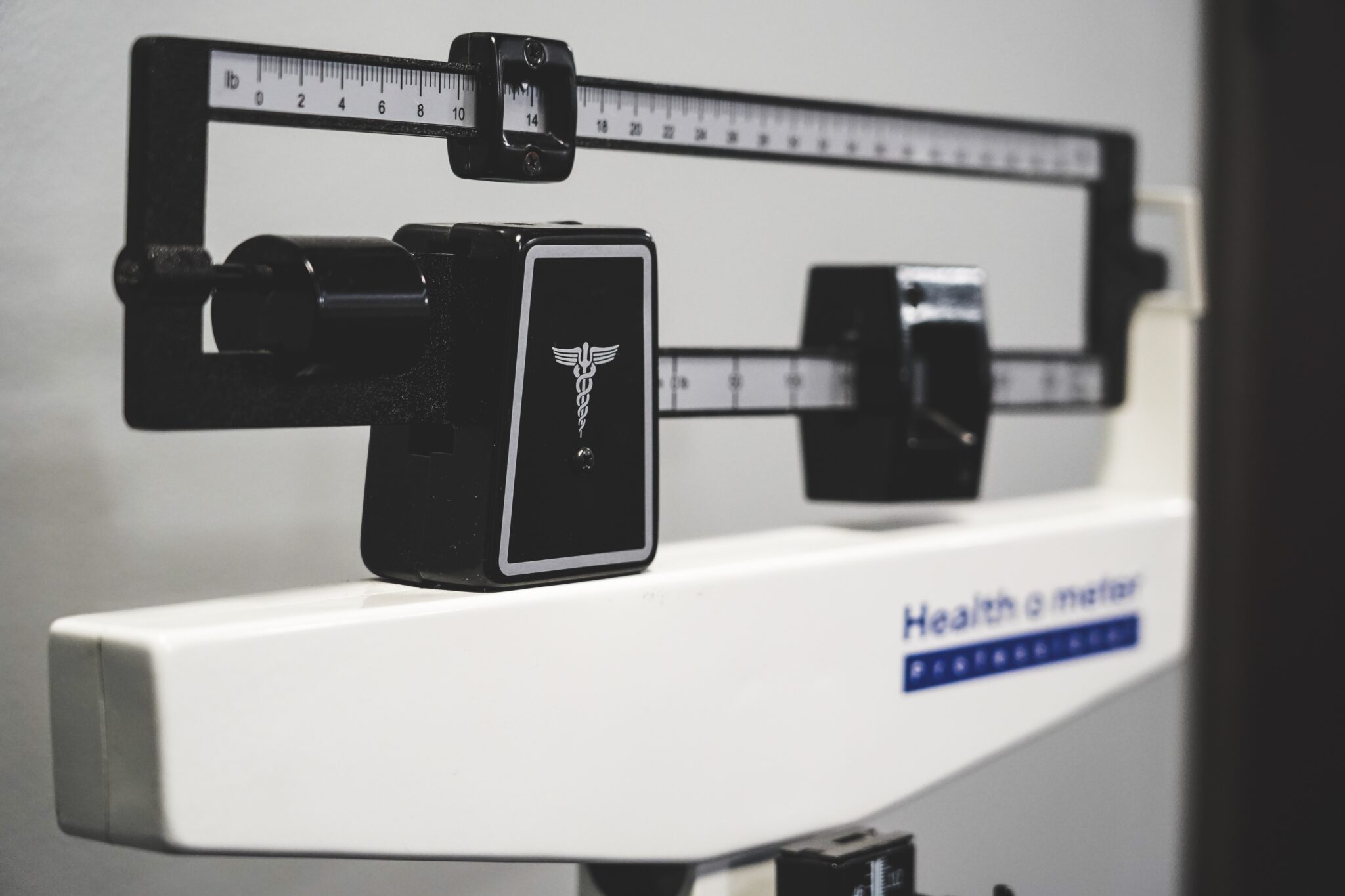Carb cycling is a dietary strategy that involves varying carbohydrate intake on a daily, weekly, or monthly basis. It is often used as a tool for weight loss, particularly among individuals engaged in high-intensity workouts or sports. The idea behind carb cycling is to optimize carbohydrate intake to match energy demands, promote fat loss, and improve overall body composition. Here’s an overview of carb cycling for weight loss:
How Carb Cycling Works:
- High and Low Carb Days:
- Carb cycling typically involves alternating between high-carb days and low-carb days. On high-carb days, you consume a higher amount of carbohydrates to replenish glycogen stores and provide energy for intense workouts. On low-carb days, carbohydrate intake is reduced to encourage the body to utilize stored fat for energy.
- Matching Carbs to Activity Level:
- Carbohydrate intake is often aligned with the level of physical activity. High-carb days may coincide with intense training or workout sessions, while low-carb days may align with rest days or lighter activity.
- Manipulating Caloric Intake:
- Carb cycling may involve manipulating total daily caloric intake by adjusting carbohydrate consumption while keeping protein and fat intake relatively constant. This can create a calorie deficit over the course of a week, promoting weight loss.
- Boosting Metabolism:
- Some proponents of carb cycling suggest that alternating between high and low-carb days can help prevent metabolic adaptation, where the body adjusts to a lower calorie intake and slows down the metabolism.
- Insulin Sensitivity:
- The variation in carbohydrate intake may help improve insulin sensitivity. High-carb days can support insulin function, while low-carb days may reduce overall insulin levels and improve sensitivity.
Sample Carb Cycling Approach:
- High-Carb Day:
- Consume a higher percentage of calories from carbohydrates.
- Prioritize complex carbohydrates such as whole grains, fruits, and vegetables.
- Time higher carbohydrate intake around workouts.
- Moderate-Carb Day:
- Include a moderate amount of carbohydrates in the diet.
- Focus on nutrient-dense, fiber-rich sources of carbohydrates.
- Low-Carb Day:
- Limit carbohydrate intake, particularly from starchy and sugary foods.
- Prioritize lean proteins, healthy fats, and non-starchy vegetables.
Considerations and Tips:
- Individualization:
- Carb cycling should be individualized based on factors such as activity level, training intensity, body composition goals, and personal preferences.
- Quality of Carbohydrates:
- Emphasize whole, nutrient-dense carbohydrates, even on high-carb days. This includes fruits, vegetables, whole grains, and legumes.
- Protein and Fat Intake:
- Ensure an adequate intake of protein and healthy fats on all days to support muscle maintenance, satiety, and overall health.
- Hydration:
- Drink plenty of water, especially on low-carb days. Adequate hydration is crucial for overall health and performance.
- Monitoring Progress:
- Regularly assess your progress in terms of weight loss, body composition changes, and energy levels. Adjust the approach as needed based on individual responses.
- Consistency:
- Consistency is key in any dietary approach. Stick to the plan over an extended period to see its effects on your body.
- Consultation with Professionals:
- Before starting any significant dietary changes, especially if you have underlying health conditions, it’s advisable to consult with a healthcare professional or a registered dietitian to ensure the approach aligns with your health goals.
While carb cycling can be an effective strategy for some individuals, it’s important to recognize that weight loss ultimately comes down to maintaining a sustainable calorie deficit over time. Choose an approach that aligns with your preferences, lifestyle, and overall health goals.



